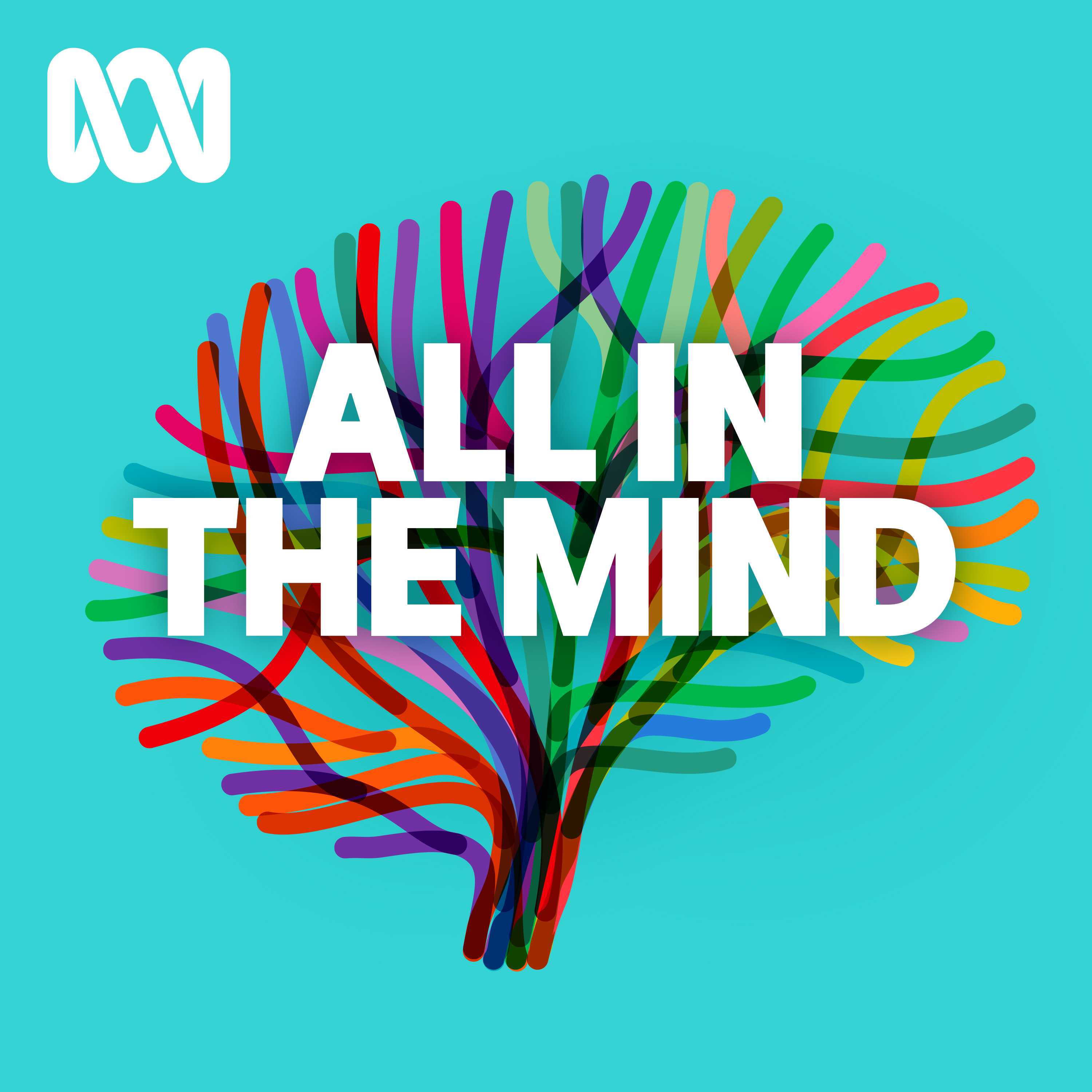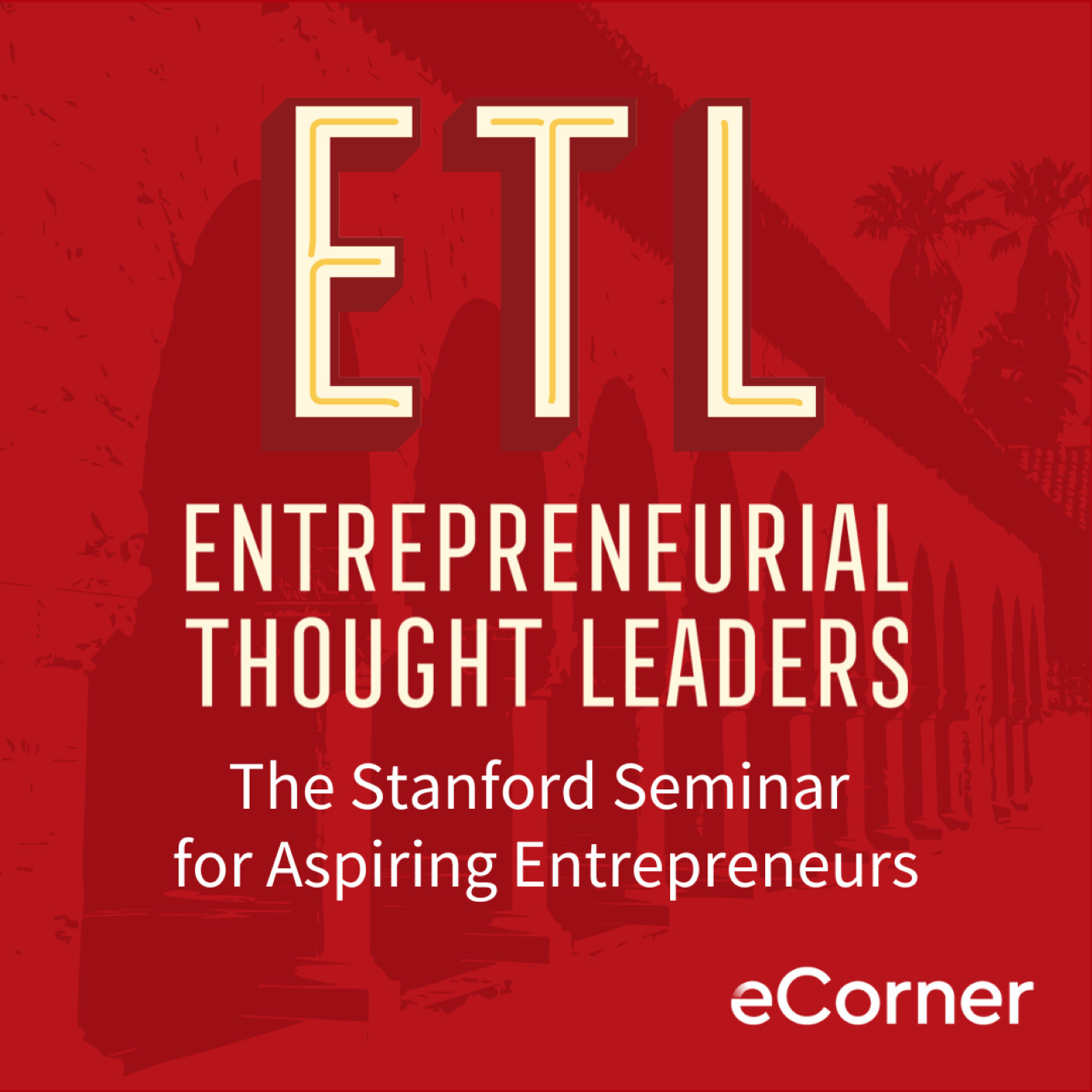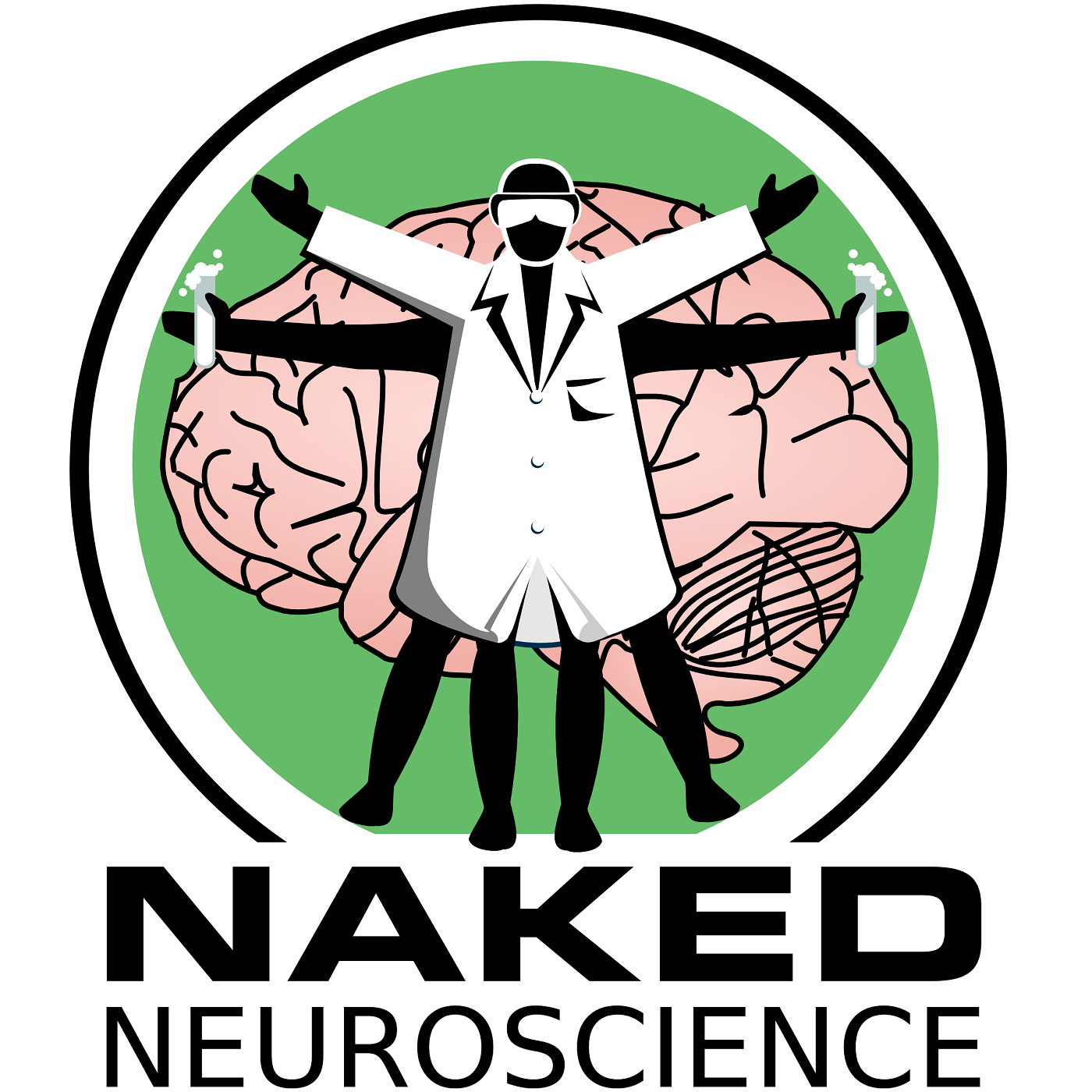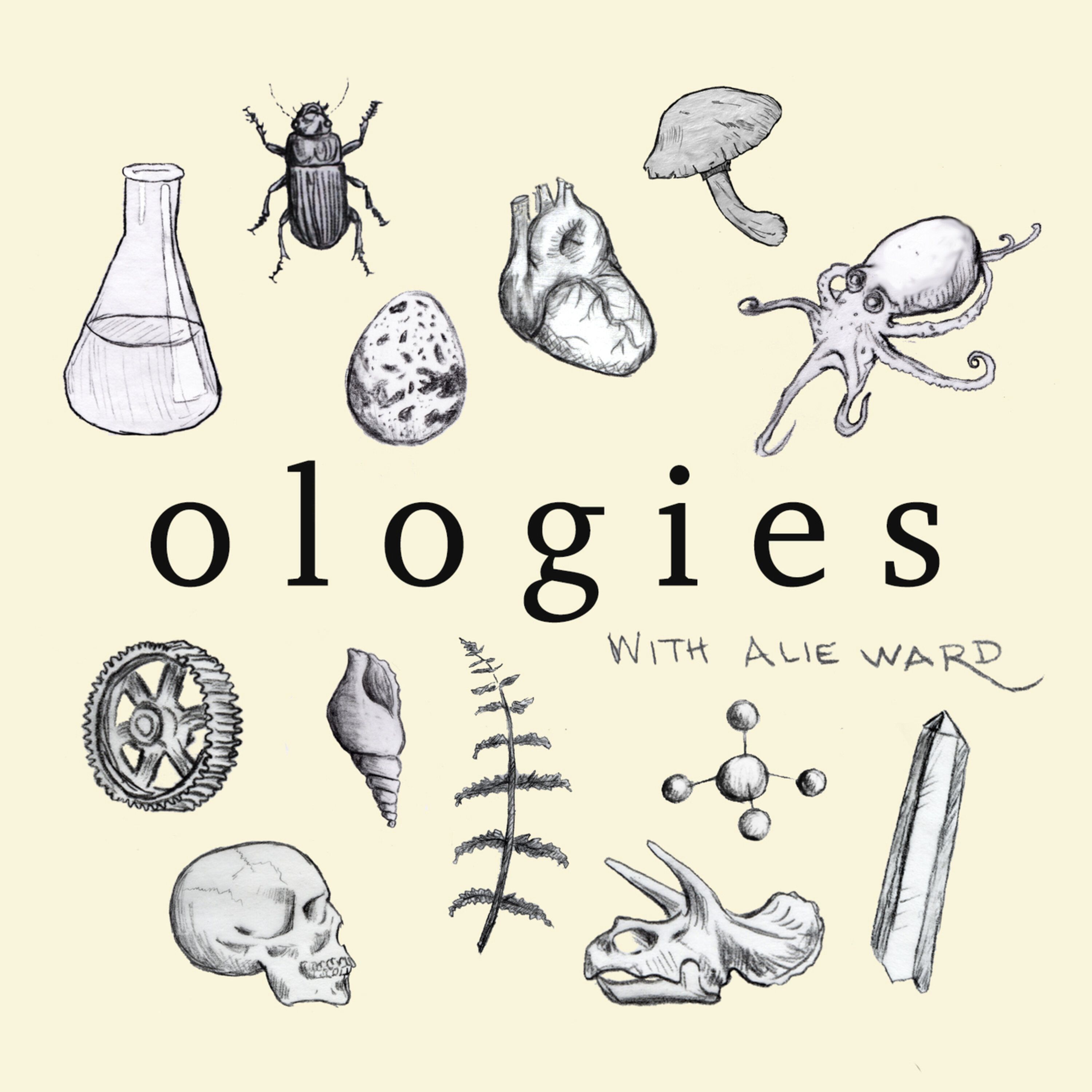
Heliox: Where Evidence Meets Empathy
Join our hosts as they break down complex data into understandable insights, providing you with the knowledge to navigate our rapidly changing world. Tune in for a thoughtful, evidence-based discussion that bridges expert analysis with real-world implications, an SCZoomers Podcast
Independent, moderated, timely, deep, gentle, clinical, global, and community conversations about things that matter. Breathe Easy, we go deep and lightly surface the big ideas.
Curated, independent, moderated, timely, deep, gentle, evidenced-based, clinical & community information regarding COVID-19. Since 2017, it has focused on Covid since Feb 2020, with Multiple Stores per day, hence a sizeable searchable base of stories to date. More than 4000 stories on COVID-19 alone. Hundreds of stories on Climate Change.
Zoomers of the Sunshine Coast is a news organization with the advantages of deeply rooted connections within our local community, combined with a provincial, national and global following and exposure. In written form, audio, and video, we provide evidence-based and referenced stories interspersed with curated commentary, satire and humour. We reference where our stories come from and who wrote, published, and even inspired them. Using a social media platform means we have a much higher degree of interaction with our readers than conventional media and provides a significant amplification effect, positively. We expect the same courtesy of other media referencing our stories.
Heliox: Where Evidence Meets Empathy
Thinking Without Words: The Silent Symphony of Thought We Never Knew We Had
See the substack for this episode
The provided sources explore the nature of thought, language, and consciousness, contrasting immediate experience with symbolic representation. One perspective suggests thought precedes language, with consciousness acting as a superficial layer. Buddhist philosophy aligns with this by emphasizing mindfulness and direct awareness as paths to understanding beyond linguistic constructs. Research on "unsymbolized thought" supports the notion of inner experience existing outside of words. Early Buddhist texts further highlight the significant role of "nāma" (name or concept) as a fundamental element that shapes our perception and understanding of reality, even being described as universally influential. These ideas collectively suggest a critical examination of how language influences and sometimes obscures our direct engagement with the world.
The Nature of Unsymbolized Thinking
This is Heliox: Where Evidence Meets Empathy
Independent, moderated, timely, deep, gentle, clinical, global, and community conversations about things that matter. Breathe Easy, we go deep and lightly surface the big ideas.
Thanks for listening today!
Four recurring narratives underlie every episode: boundary dissolution, adaptive complexity, embodied knowledge, and quantum-like uncertainty. These aren’t just philosophical musings but frameworks for understanding our modern world.
We hope you continue exploring our other podcasts, responding to the content, and checking out our related articles on the Heliox Podcast on Substack.
About SCZoomers:
https://www.facebook.com/groups/1632045180447285
https://x.com/SCZoomers
https://mstdn.ca/@SCZoomers
https://bsky.app/profile/safety.bsky.app
Spoken word, short and sweet, with rhythm and a catchy beat.
http://tinyurl.com/stonefolksongs
Curated, independent, moderated, timely, deep, gentle, evidenced-based, clinical & community information regarding COVID-19. Since 2017, it has focused on Covid since Feb 2020, with Multiple Stores per day, hence a large searchable base of stories to date. More than 4000 stories on COVID-19 alone. Hundreds of stories on Climate Change.
Zoomers of the Sunshine Coast is a news organization with the advantages of deeply rooted connections within our local community, combined with a provincial, national and global following and exposure. In written form, audio, and video, we provide evidence-based and referenced stories interspersed with curated commentary, satire and humour. We reference where our stories come from and who wrote, published, and even inspired them. Using a social media platform means we have a much higher degree of interaction with our readers than conventional media and provides a significant amplification effect, positively. We expect the same courtesy of other media referencing our stories.
Ever have one of those moments, you know, like when a thought just pops into your head? Yeah. Super clear idea. Uh-huh. You suddenly know, like, the answer to a problem or what to do next. Mm-hmm. But it's not like the usual, you know, inner voice talking you through it. Right. It's just there. Yeah. That's kind of what we're diving into today. Yeah. This whole idea of unsymbolized... thinking? Yeah. It's like thinking a definite thought, but without words, images, or any symbols, it almost sounds kind of strange. It does. Right. Like, can we really think without that inner monologue? It seems so counterintuitive, right? Yeah. Because we're so used to associating thought with language. Right. with words exactly but the research we're looking at today suggests that there's actually a lot more going on beneath the surface yeah and then we might realize from this book yes the nature of unsymbolized thinking by Augustin Vicente and Fernando Martinez Menrique exactly it's really fascinating so stuff. And one of the coolest things about how they did this research is this method they use called descriptive experience sampling. Oh, yeah. D-E-E-S. Yeah. Basically, imagine wearing a beeper and it goes off randomly throughout the day. Right. And when it beeps. you have to immediately freeze and try to capture whatever's happening in your mind at an exact moment. In the moment. Yeah. You really raw experience. And later you have like a super detailed interview to really unpack it all. Exactly. So it's not just relying on memories. or anything. Yeah. They try to really get... It's really getting at that raw... That's close as possible to the experience. Agreed. Yeah. What they found is pretty remarkable. Yeah. Unsymbolized thinking popped up in about 22% of all the experiences they sampled. Wow. But here's the thing that really gets me. The variation between people was huge. Okay. Like some people reported zero unsymbolized thinking. Really? None at all. Okay. But others were all the way up at 80%. 80%. 80%. That means most of their thinking is happening without words. That's a huge chunk of their mental life. Wow. Yeah. And what's even more amazing is that a lot of the people who did experience unsymbolized thinking, they were surprised by it. Really? Yeah. They might initially try to describe their experience as... you know, inner speech or something, but then realize like, wait, no. Yeah. There weren't actually any words there. Words weren't there. No, just the thought itself. It really makes you wonder if it's happening that much and people don't even realize it. Yeah. What exactly is it? Right. And how is it even possible? And how does it even arise? Yeah. Right. If you're listening to this and you're thinking... I've never had that experience. Like, stick with us because... Exactly. That's what we're going to delve into. We're going to explore what it might be and how it could arise, even if you don't think you've ever experienced it yourself. So first, maybe let's get clear on exactly what the researchers mean by unsymbolized thinking. Yeah, that's a good starting point. Like, what is it exactly? Well, the core definition they use is that it's... thinking a particular definite thought but without any awareness of that thought being conveyed in words images or any other kinds of symbols. So it's not just like a vague feeling or a hunch. Yeah, oh no, it's much more specific than that. It's a concrete thought. Yeah, you know exactly what you're thinking about, even if you can't quite put it into words at that moment. So how do we know it's a thought then and not like... you know, an emotion or an intention or something like that. Right. That's a great question. Yeah. And the researchers, Hurlbur, an actor who've done a ton of work on this using DES, they've identified some key characteristics that really set UT apart. Okay. So first of all, they emphasize that it's a distinct phenomenon in itself. Okay. It's not just a fleeting moment of something else. Right. It has its own specific experiential quality. So it feels like thinking. Yeah, it feels like thinking. It's not an emotion. It's not an intention. It's not a physical sensation or anything like that. It's very clearly experienced as thinking. I see. And that's crucial because it helps us distinguish it from things like intuition or gut feelings, which might also lack explicit verbalization, but they often feel much less defined. Right. Like, you know you have a feeling, but you can't really put your finger on what it is. Exactly. But with this, it's like, you know what you're thinking. Exactly. You just can't say it yet. Right. And to go further. Yeah. The content of an unsymbolized thought, it's explicit. Explicit meaning. Meaning the what about it is clear. Okay. And it's also differentiated. Okay So the what about it isn't vague or general Gotcha So these two points together Yeah Really suggest that the thought has a clearly articulated meaning Even if it's not yet in symbolic form Okay, so even though it's not in words It still has a meaning Yeah And this meaning is also presented directly in your awareness Okay. Like it just appears there all at once. Interesting all at once. There's no sense of unfolding over time like you might have with inner speech. Ah, interesting. Like it's just immediately there. Right. As a whole thought. And of course the defining feature, the thing that makes it unsymbolized thinking. Yeah. Is that there is no experience. experience of words, images, or other symbols. That all at once point is really interesting. Yeah. It's like the thought just is. Yeah. It's immediate and complete. Without any steps in between. Exactly. Yeah. And all these characteristics you've outlined. Yeah. The explicitness, the differentiation, the feeling of it being a thought. Yeah. It really does make you think there's something about the structure of these wordless thoughts. Right. Like maybe they have a built-in meaning. Yeah. Even without the symbols. Yeah. And that leads us to this idea that UT is propositional. Okay. Now, propositional, for those of us who might not be familiar with that term, what does that actually mean? Basically, propositional means that these thoughts, even though they're not symbolized, they have a structure that's similar to the content of sentences. Okay. They have a subject and a predicate. Right. They're about something in a specific way. So even without words, the thought already has that kind of inherent meaning and structure. That's the argument, yeah. Fascinating. And what's also really interesting is that even though these thoughts don't occur in words... Uh-huh, uh-huh. They're often effable Effable Meaning they can be put into words Okay Fairly easily afterwards So even though you're not experiencing the words in the moment Right You can still describe the thought later Yeah, and it's not just any old words Okay People often feel like there's a pretty specific way to phrase it Right That really captures the essence of what they were thinking like they try a few different options but they know when they've hit on the right one exactly you mentioned an example from the book that illustrates this I did there's this great example of a woman named Dorothy right who was walking and she was feeling tired yeah dragging her feet and she had this unsymbolized thought that when she tried to put it into words later yeah she felt was best captured by the sentence Pick up your feet. It sounds like an old lady. Pick up your feet. It sounds like an old lady. Yeah. And what's important here is that she felt that that specific wording was more accurate than other alternatives. Okay. Like, I should pick up my feet. Or, I sound like an old lady. So it wasn't just about the action or the sound itself. Right. It was something more specific than that. It was the combination. Yeah. And the way those two things were related in her mind. Wow. That's a great example. Yeah. Yeah. It really shows how these thoughts can have that specific content and structure even when they're not actually in words. Right. So then the big question is where do these unsymbolized thoughts come from? Right. How do they arise? If they're not explicitly in words. Yeah. How do they even form in our minds? Yeah. That's where the connection to inner speech comes in because that's the central hypothesis of this patriarchal. Yeah. Vicente and Martinez-Menrique, they propose that unsymbolized thinking is actually part of the same process as inner speech. Okay. But it's like an aborted version of it. An aborted version. Yeah. So explain that a little bit. So their idea is that UT represents an inner speech act. that gets cut off very early on. Okay. Before we even get to the phonological stage. Now, for folks who aren't familiar with that term, what does phonological stage mean? So the phonological stage is basically the point where our internal voice is about to form the sounds of words. Okay, so it's like right before we actually hear the words in our head. Exactly. Okay, so how does inner speech usually work then if this is like an aborted version of it? Right, so one really influential view of inner speech that's been put forward by researchers like Carruthers is that it involves what's called motor imagery. Motor imagery. Yeah, and basically... The idea is that when we're engaging in inner speech, our brain is kind of doing a simulation of what it would be like to actually speak those words out loud. Interesting. So it's sending signals to the muscles involved in speech production. Like your vocal cords, your tongue, your lips Like we're actually getting ready to speak Yeah, it's like a silent rehearsal And then a copy of those signals is sent back to the brain Creating a prediction of what it would feel like to say those words So we're predicting the sensation of speaking Before we actually do it Exactly, and this predicted feeling Often as phonological or acoustic representations Is what we experience as inner speech So it's almost like a shadow of actual speech that's happening in our minds. Exactly. Okay, now how does UT fit into all of this? So the link is this. What if this process of preparing to speak gets interrupted even earlier? Okay. Like before we even generate the prediction about the sounds of words. Okay. What if all that becomes conscious is is a prediction about the meaning itself. Oh, so we're skipping the sounds. Yeah. But we're still getting the meaning. Exactly. Interesting. And this meaning is still structured by language. Okay. It's drawing on our linguistic knowledge and our semantic representations. So the linguistic framework is still there shaping the thought. Exactly. But the actual sound of the words never gets formed. Right. And that would explain why UT feels propositional and why we can often put it into words afterwards. words. It's like the meaning is already there. Yeah. Ready to be expressed. Yeah. But the vocalization never quite happens. Exactly. It's like a thought that's almost spoken. Okay. This is making a lot more sense now. Good. Good. But then another question comes up. Yeah. If we're not consciously willing these unsymbolized thoughts. Right. And... they're not in symbolic form, like our usual thoughts. Yeah. Why do we still feel like they're our thoughts? That's a really important question. Like, where does that sense of agency come from? Right. Like, why do we feel like we own these thoughts? Yeah. So the researchers address this by looking at how we understand agency in general. Okay. Okay. And there's a prominent view that goes back to thinkers like Feinberg and Frith that suggests that our sense of agency comes from a match between our intentions and the feedback we receive from our actions. Okay. So when we intend to do something, our brain predicts what's going to happen. Right. It predicts the sensory consequences. And if those predictions match up with what we actually experience... Yeah....then we feel like we're in control. Exactly. We feel like we caused it. Okay. So how does that relate to unsymbolized thinking? So even though an inner speech act might be aborted very early on, the initial intention to speak... Yeah. Even though it doesn't lead to an experience of words is still a prediction that's generated by our own system. Right. So it's like our brain is anticipating the meaning, even if it doesn't get to the point of actually forming the words. Yeah. And that's what we experience as UT. Okay. And because it originates from an intention to speak, that's what gives us that sense of agency. I see. So even though the words aren't there, the intention to speak is enough to create that feeling of ownership. Exactly. It's like a ghost of an intention. Yeah, a trace of an intention that leads to this predicted meaning. Yeah, that makes a lot of sense. Now, the paper also talks about this other really interesting phenomenon called unworded speech. How does that fit into all of this? So unworded speech is fascinating because it's described as this experience of inner speaking. Okay. Where you have all the vocal characteristics like rhythm and inflection and pace. Like you can feel the flow of the speech? Yeah. And you have a direct awareness of the meaning. Okay. But there are no actual words. Wow. So it's like having a conversation in your head. Yeah. But without the words. Exactly. That's wild. Yeah. Hurlburt and his colleagues, they make a distinction. Okay. Between partially unworded speech. Okay. Where there are gaps where the words should be. Okay. And totally unworded speech. where there's just no experience of words at all. So it's like a range. Yeah, it's a spectrum. From like almost words to no words at all. Right. But the meaning is still there. Yeah, the meaning is still clear. So how do the researchers connect this to unsymbolized thinking? So they suggest that while UT might not have those temporal features. Those temporal features being the rhythm, the pace. Right, the sense of unfolding over time. Yeah. They might still be related. Yeah. UT could represent an even earlier abortion of the inner speech process than unworded speech. So in UT, it's like we're getting the meaning. Yeah. But we're not even getting the rhythm or the pace. Exactly. It's like the purest form of meaning. It's just the raw meaning. Yeah, just the semantic content stripped of everything else. Wow, that's fascinating. And this aligns with what Fernia Hu has called thinking in pure meanings. Thinking in pure meaning. Yeah, which is this idea that we can access meaning directly without needing the full symbolic apparatus of language. This is like a spectrum. Yeah. At one end, we have full-blown inner speech. With words and rhythm and everything. Yeah. And then we have unworded speech with rhythm and meaning, but no words. Yeah. And then at the far end, we have unsymbolized thinking with just the bare meaning. Wow. That's a really cool way to think about it. Yeah, it's like a continuum of interlinguistic activity, with UT being the most basic. Yeah, the most fundamental level. The foundation of it all. So all this talk about the nature of thought and the experience of thinking, it really brings up some bigger questions about how we understand consciousness. Absolutely. This whole cognitive phenomenology debate. Yeah, the what it's like question. What it's like, yeah, exactly. What it's like to think. What is the experience of UT? Tell us about that. Well, one thing it suggests is that while there might be a general feel to thinking, that's distinct from feeling emotions or perceiving things in the world. Right. It doesn't necessarily mean that every single thought we have has its own unique what it's like. I see what you're saying. So take that example of Evelyn again. The one who was surprised by the unsymbolized thought about cable prices. Exactly. Yeah. What surprised her wasn't the content of the thought itself. Because she's probably thought about prices before. Right. What was surprising was the form it took. Yeah. The fact that it was unsymbolized. Exactly. And the researchers argue that it's likely that the next time she has a different unsymbolized thought, maybe about what to have for dinner or something. Okay. She'll probably recognize the kind of experience. Right. Even if the specific content is new. So the unique what it's like might be tied to the process of thinking in an unsymbolized way. Yeah. Rather than the content of the thought itself. Exactly. That's interesting. Yeah. And it's also worth pointing out. Yeah. That even though UT doesn't involve words, its characteristics seem to be very closely tied to the mechanisms that produce language. Right. Right. So it might not be completely pure thought. Okay. Untouched by language. Yeah. It might be more like a very early stage. Like a precursor to language. Yeah, like a seed of language that hasn't fully blossomed yet. That's a good way to put it. And this actually reminds me of something we talked about before. Yeah. This connection to Buddhist perspectives on unsymbolized thought. Right, right. How does that all tie in? So there's this really interesting overlap here. Between what we're learning about unsymbolized thinking and certain Buddhist teachings, especially the emphasis in Buddhism on mindfulness and direct experience and on going beyond the limitations of thought and language. Like trying to see reality more clearly. directly. Exactly. Without the filter of our thoughts. Buddhist teachings often describe the mind as a mirror that can reflect reality perfectly, but our constant stream of thoughts and language can kind of cloud that mirror. So it's like our thoughts are getting in the way of seeing things clearly. Exactly. And that's why... Practices like meditation are so important in Buddhism because they help us cultivate a state of awareness that goes beyond those symbolic layers. It's like we're training our minds to quiet down. Yeah, to let go of those constant thoughts. And to just be present. Exactly. To experience reality directly. Yeah. And you also mentioned this Buddhist concept of emptiness. Right. Emptiness or sunyata. Sunyata. Yeah. And this is a really important idea in Buddhism. Okay. Because it suggests that all phenomena, including our thoughts and concepts, they don't have any inherent fixed self-existence. Interesting. So they're not as solid as we think they are. Exactly. They're impermanent and interconnected. OK. And true understanding arises when we can recognize this emptiness. When we can see beyond the labels and categories. Exactly. When we can let go of our attachment to those things. That makes a lot of sense. And the excerpt you shared also mentioned this early Buddhist concept of Nama. Right. Nama. What is that exactly? So Nama is basically a central concept in early Buddhist philosophy that relates to language and naming. So it's about how we label things. Yeah. And it's seen as incredibly powerful. Yeah. Okay. Almost like a fundamental force. Wow. That shapes our experience of the world. So the way we name things really influences how we see them. Exactly. And there's this one early Buddhist text. Yeah. That actually refers to Nama as a universal oppressor. A universal oppressor. Yeah. Which is a pretty strong image. It is. It really highlights how influential language is. Yeah. The shaping our understanding of reality. So even if we're trying to think without symbols. Right. we might still be influenced by this underlying linguistic structure. Exactly. It's like language is woven into the fabric of our minds. Wow. That's a pretty profound idea. It is. It raises all sorts of questions about the nature of thought and the role of language in our experience. So to sum it all up, what's the main takeaway from our deep dive into unsymbolized thinking today? I think the key insight is that unsymbolized thinking, while it might seem strange or unfamiliar at first, could actually give us a glimpse into the very early stages of our own inner speech. Like we're catching a thought before it's fully formed. Exactly. It's like seeing the seed of an idea. Before it grows into a full-blown thought with words and images, we're exploring a really mysterious aspect of our mental lives. One that challenges our assumptions about what it means to think. Absolutely. Absolutely. so as we wrap up here I'd like to leave our listeners with a little thought experiment the next time you have a sudden realization or a clear idea that just pops into your head take a moment to pay attention to how it feels see if you can notice whether it's accompanied by words or images or if it's something more immediate and direct Like an unsymbolized thought. Exactly. It's a way to become more aware of those subtle processes that are happening beneath the surface of our minds. And maybe to even appreciate the power of silence and skillness in our thinking. The power of unsymbolized thinking. Exactly. Well, this has been a fascinating deep dive. It has. Into the nature of thought. Yeah. It really makes you think differently. It does. About how our minds work. Definitely. Thanks so much for joining us today. It's been a pleasure. As we explored this really intriguing and I think really important topic. Yeah, absolutely. And until next time, keep thinking, keep exploring, and maybe even try thinking without thinking. See you later.


















